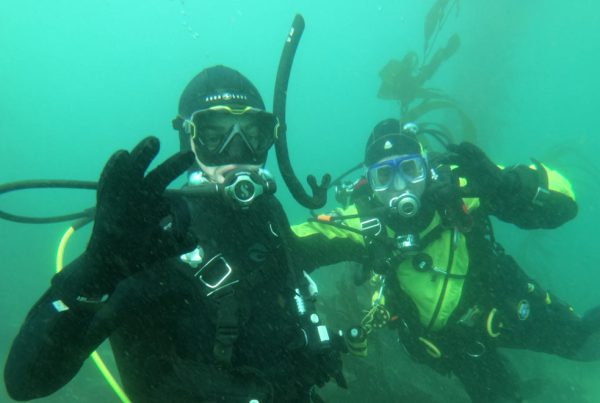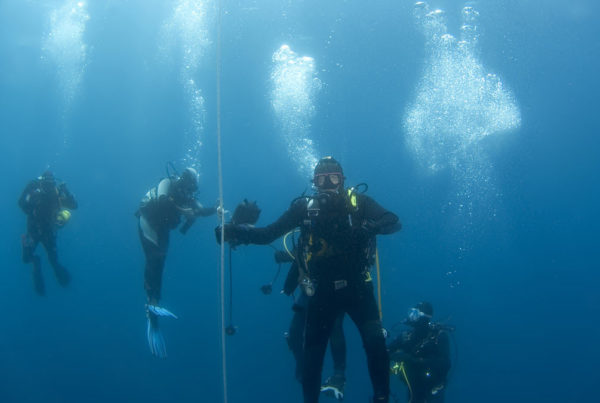We should all know that regulators should be checked and serviced once a year. Tanks need a visual inspection (VIP) annually as well. Then there is the pre-dive inspections and self-servicing you should be doing on your own—fin and mask straps, hoses, regulator mouthpiece, etc. But there are a number of regular maintenance items that are often ignored, sometimes for years, that you should be part of your regular gear upkeep routine. How often you maintain each of these items depend largely on how often you dive, under what conditions (beach diving can be hard on gear), and how well the gear is rinsed and cared for between dives.
BUOYANCY COMPENSATOR DEVICES
BCDs are probably the most important item of gear that is the most often ignored. Obvious problems include bad inflator hoses, cracked or split exhaust hoses, and frayed straps. Frayed straps can be just an annoyance, but hose problems can lead to failures at bad and dangerous times.
More insidious and dangerous are those problems that go unseen. Inflator and exhaust valves dry out, crack, become clogged and at least operate poorly but can also stick open or shut. ‘O’ rings in inflator assemblies also can go bad with sand, salt and wear. Leaks occur and buttons become hard to operate and can stick open or shut, leading to dangerous situations.
Finally, the inside of the BCD, the “bladder,” is also particularly vulnerable. Salt crystals can congeal and rub holes. Sand is also abrasive. And chlorine actually eats holes in the air-tight material.
Bring your BCD in for service a minimum of once every two years, annually, if use is heavy or in abusive situations. A good repair facility will not only replace worn or damaged parts but condition and clean other parts. Air integrity will be checked. You will be returned a BCD almost as good a new!
PONY BOTTLES
Because they are not used on a regular basis (if ever) Spare Air™, H2Odyssey and similar pony bottle devices sometimes never get maintained. Just like any tank and regulator, however, these need regular servicing. The small bottles usually do not get VIP’d or even hydro’d because filling usually takes place off of a regular cylinder. Take the time to have these basic inspections done (VIPs annually; hydro every five years).
Regulators attached to these devices need to be treated like every regulator with inspection, testing and, if needed, rebuilt annually.
TANK VALVE
When you bring in a tank to be VIP’d, a good maintenance technician will also give a good once over to the tank valve. But not all do this. Ask to have it done. Valve seats can wear out leading to slow leaks, ‘O’ rings go bad and burst discs corrode, which can lead to failure and a very sudden and noisy emptying of the tank (although usually not dangerous).
GAUGE AND COMPUTERS
Gauge and computers are usually not repaired on sight at the dive stores but they can be calibrated. A gauge or computer out of calibration can a be a serious problem that needs attention before being used again.
SELF-SERVICE ITEMS
There are some items that definitely need to be maintained but generally you can do it yourself.
Lights go ignored far too often. Whenever you change out batteries, pull off the “O” ring(s), clean with a lint-free cloth, clean the “O” ring grove and sealing surface, and regrease lightly with silicone grease before reinstalling. If you will be storing your light for more than a couple months, remove alkaline batteries as they can leak internal juices ruining the inside of the light.
Most dive computers on the market today have batteries that you can change yourself. If you dive regularly, consider changing them annually. Having a battery die in the middle of a dive trip can be quite frustrating.
RECALLS
Although few and far between, scuba diving products do sometimes get recalled. Obviously you do not want to dive with these products until the problem is corrected. For recall information, visit the manufacturer’s web site or the Consumer Product Safety Commission online at www.cpsc.gov.









